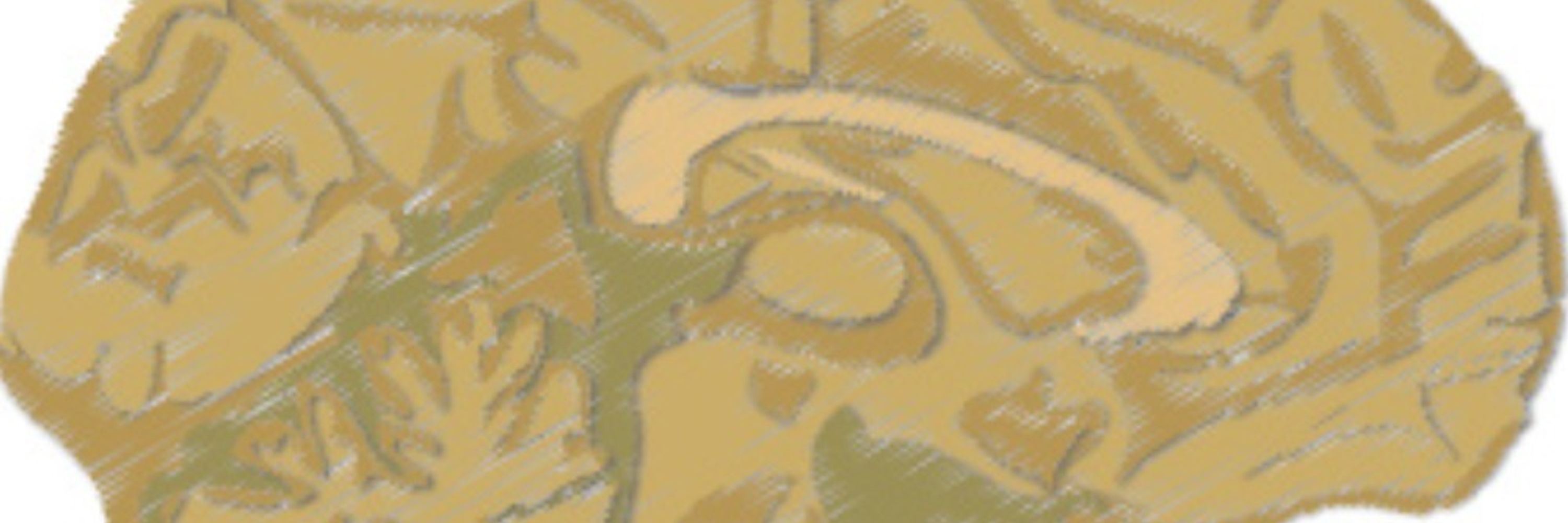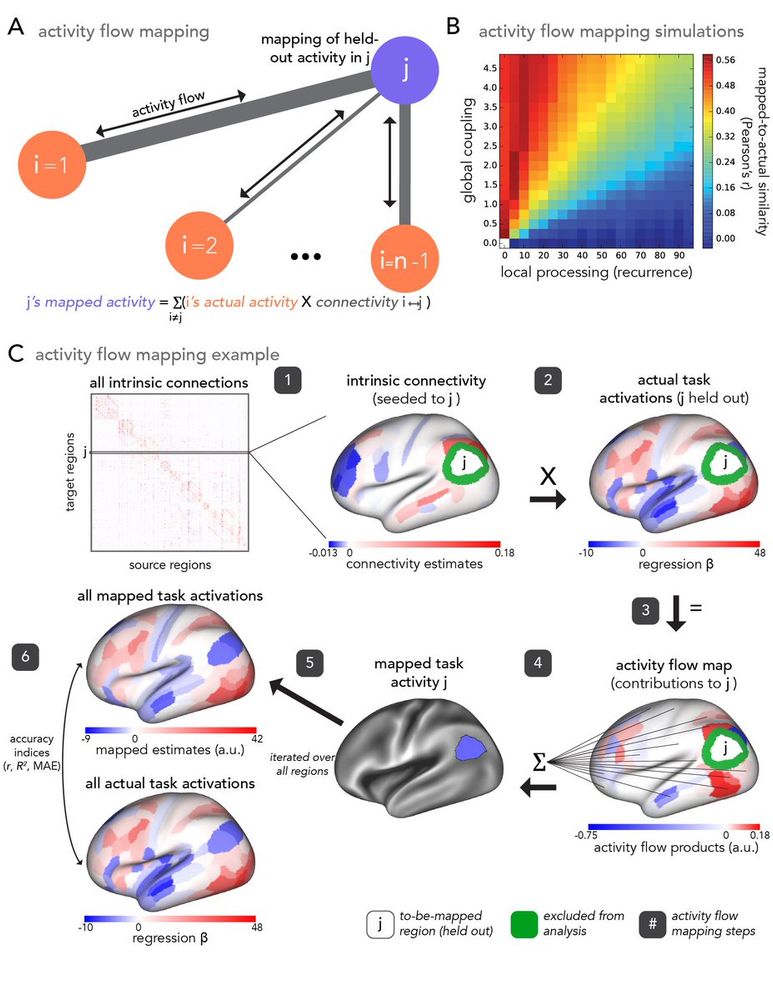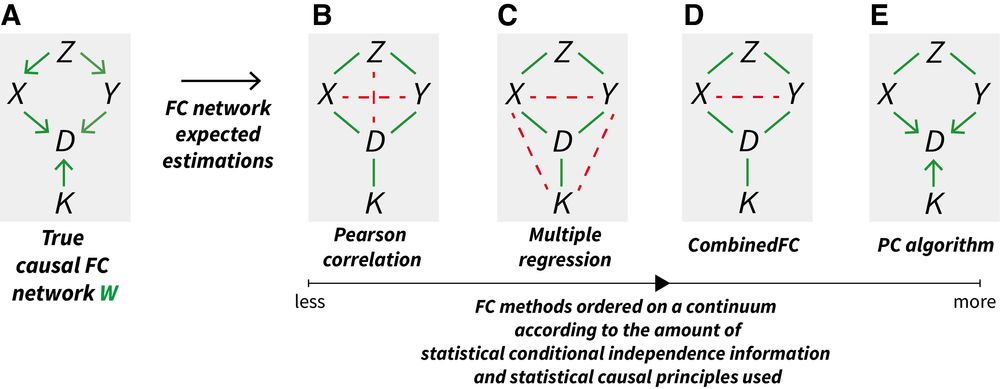
Writing book “Brain Flows: How Network Dynamics Generate The Human Mind” for Princeton University Press
https://www.colelab.org








Open access: www.sciencedirect.com/science/arti...

Open access: www.sciencedirect.com/science/arti...





Lab’s latest at PLOS Comp Biol, led by
@carrisacocuzza.bsky.social: “Distributed network flows generate localized category selectivity in human visual cortex”. This one changed how I think the brain works! Even "localized" functions are likely generated by distributed processes [1/N]

Lab’s latest at PLOS Comp Biol, led by
@carrisacocuzza.bsky.social: “Distributed network flows generate localized category selectivity in human visual cortex”. This one changed how I think the brain works! Even "localized" functions are likely generated by distributed processes [1/N]








If you’re going to SFN please come check out these posters! N/N

If you’re going to SFN please come check out these posters! N/N
3/N

3/N

